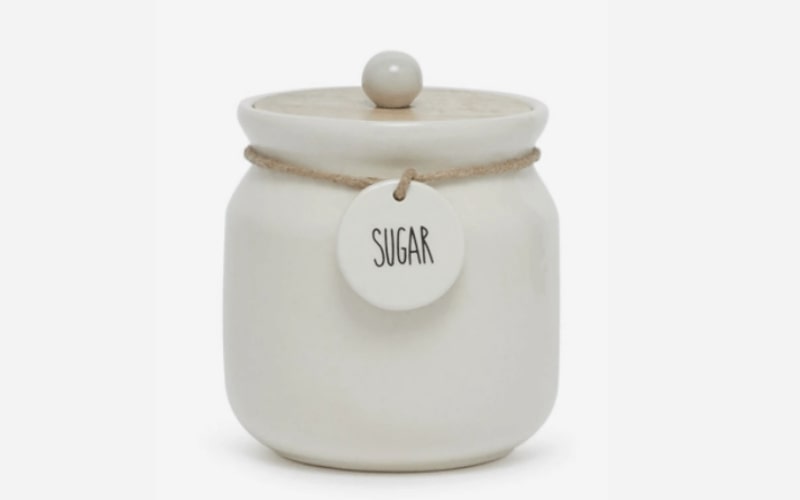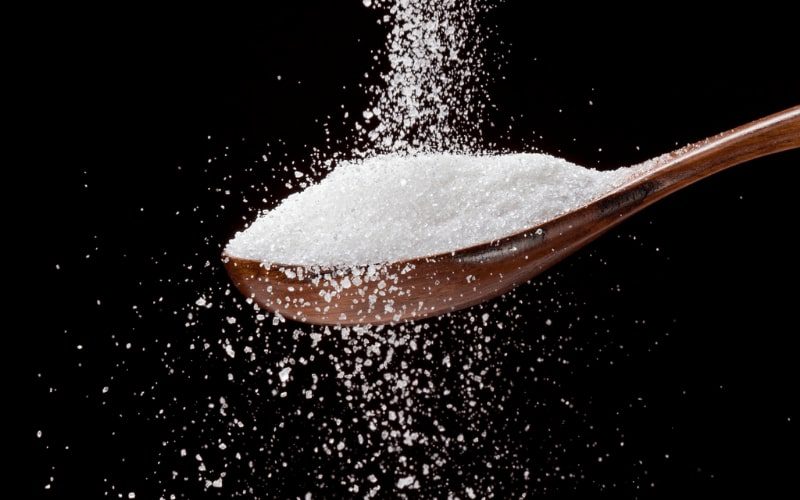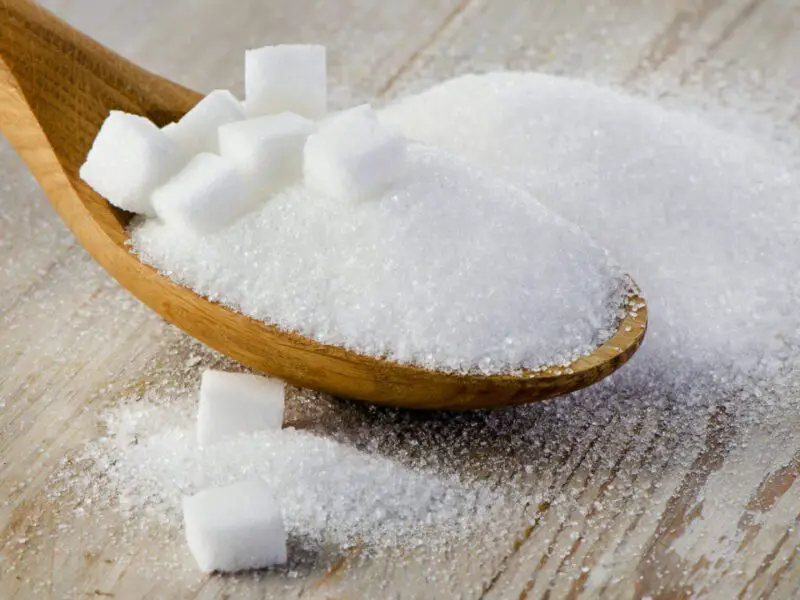Have you discovered an old bag of sugar at the back of your pantry?
Sugar is one of those pantry staples that most people keep for a long time. It appears to have a long shelf life and might be used safely for several years.
However, the last thing you want to do is consume sugar that could make you or your loved ones sick. So, does sugar go bad?
Or will it be safe to use indefinitely?
Let’s find out the answers to this critical question…
How To Store Sugar?
Sugar of all kinds should be stored in the same way. It is ideal to maintain them in a cool, dry environment away from heat sources. Sugar should be stored in a pantry or a kitchen cabinet that is not in direct sunlight.
It is necessary to keep your sugar away from moisture. It is advisable to immediately transfer sugar from a paper bag into an airtight container. A simple glass jar should do, but for aesthetic purposes, you may want a more attractive sugar container.
Keep the air out...
Whatever style of storage container you pick, it is critical that it be airtight. The container will keep out unwanted smells and pantry bugs, in addition to preserving the sugar from moisture.

Sugar should not be stored in the refrigerator. Sugar must be kept in a low-moisture environment in order to remain sweet and smooth. Even if stored in a container, sugar can absorb moisture and aromas from other foods in the refrigerator.
To keep the sugar from hardening, place a slice of bread in a jar of brown sugar. However, it is necessary to replace the bread on a regular basis to avoid mold growth.
Read More:
How Long Does Sugar Last?
You’ve probably noticed that your sugar bag has a best before date printed on it. However, if stored properly, all kinds of sugar should last indefinitely. If your sugar has begun to clump, just break the clumps apart before using it.

When sugar is kept for an extended period of time, certain kinds of sugar taste better than others. Brown sugar, powdered sugar, and sugar substitutes all taste best when consumed within two years after purchase. On the other hand, white granulated sugar, white sugar cubes, and raw sugar all retain their taste and other properties indefinitely.
How To Tell If Sugar Is Bad?
Check your sugar bag before using it if it has been sitting in the cupboard for several weeks or longer. Even if a paper bag of sugar is sealed, pantry bugs and other insects could easily penetrate it. If you see bugs or black particles in your sugar, it is advisable to discard it.
If your sugar comes into contact with too much moisture, you may detect mold or other development. While this is uncommon, it may have an effect on your health and make the sugar taste unpleasant. Naturally, you’ll want to get rid of moldy sugar as soon as possible.
Take A Sniff…
It’s also a good idea to smell your sugar before using it. If it smells strange, the sugar has most likely absorbed odors from its surroundings. Even though this probably won’t change the taste or quality of the sugar, you might not want to use it.

In many circumstances, rather than throwing out hard sugar, it is possible to restore it. White sugar can be softened by baking it on a baking sheet at 150°F for 15 minutes. Turn off the oven, use a spoon to break up the sugar, and leave the sugar in the oven for an additional hour to harden.
However…
When brown sugar loses moisture, it turns hard. Powdered sugar contains cornstarch and will create lumps if kept for an extended period of time. Unfortunately, you won’t be able to restore brown or powdered sugar.
However, raw sugar can be softened in the same manner as white sugar can be. It will most likely need to be baked at 150°F for 15 to 20 minutes. It is essential not to overheat raw sugar; otherwise, it will burn and become useless.
Last Words
As you can see, if sugar is properly stored, it can last virtually indefinitely. This is because sugar is a hygroscopic material that attracts water molecules. When bacteria and sugar meet, the water in the bacteria is transferred to the sugar.
This is called osmosis, and it converts all of the water in the bacterium to sugar. Without the required water, the bacteria cannot reproduce and will soon die. The sugar’s additional water soon evaporates, leaving the sugar perfectly safe to use.
Overall, this is fantastic news for anyone with a sweet tooth. Have fun with your puddings!



